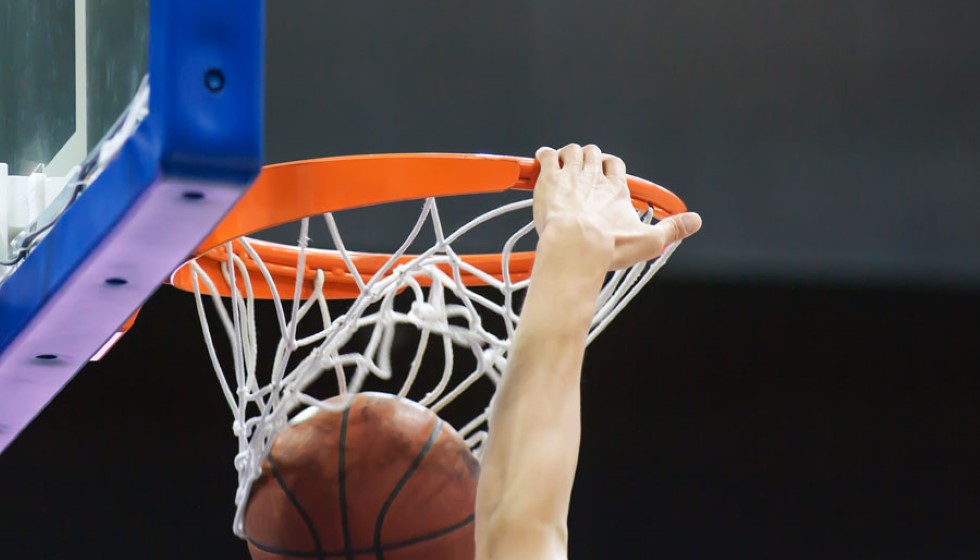
The National Basketball Association (NBA) is on the verge of implementing a significant update to its policy on cell phone and social media use by players and coaches during games. This new policy marks the first major revision since 2009, when the original guideline, colloquially known as the "Villanueva rule," was established.
Collaborative Policy Development
In a bid to ensure that the new regulations are both effective and equitable, the NBA has worked closely with the National Basketball Players Association (NBPA). This collaborative effort underscores the importance of player buy-in and support, as the policy aims to balance the league’s operational needs with individual freedoms.
The new rules redefine what "during games" means, extending from 45 minutes before tip-off until all post-game media responsibilities are concluded. This precise definition aims to eliminate any ambiguity about when players and coaches are expected to limit their device usage.
Addressing the Gambling Concern
A major catalyst for revising this policy has been the NBA’s growing concern over the integrity of the game in light of legalized sports gambling. The league is particularly wary of the potential for insider information to be leaked during the restricted period, which could compromise the fairness and competitive balance that the NBA staunchly defends.
The case of Jontay Porter, who faced a lifetime ban after allegedly providing sensitive information to bettors, serves as a stark reminder of the risks involved. His situation has likely intensified the NBA’s drive to establish a stricter framework to prevent such incidents in the future.
New Measures for Communication
To further secure communication during the restricted period, the NBA has introduced a single point of contact for players and coaches. This measure is designed to streamline communications and minimize the risk of unauthorized leaks. By centralizing the channel through which information is shared, the league hopes to bolster its defenses against potential infractions.
Despite the significant adjustments in the policy, the NBA has yet to disclose the specific penalties for those who violate the new rules. This leaves teams and players speculating on the potential consequences, although the absence of detailed punitive measures might indicate a more flexible approach or a willingness to assess penalties on a case-by-case basis.
Team-Specific Regulations
Interestingly, many NBA teams have already developed their own regulations concerning cell phone and social media use, some of which exceed league requirements. These team-specific policies reflect a proactive effort to maintain focus on the game and to adapt to the ever-evolving technological landscape. By adopting measures that are more stringent than those mandated by the league, teams demonstrate a commitment to discipline and professionalism.
The NBA's decision to update its policy is part of a broader strategy to maintain the integrity of the sport while staying abreast of modern technological advancements. As players and coaches increasingly engage with social media and digital platforms, the league must navigate this complex environment carefully to ensure that the focus remains firmly on the game itself.
In conclusion, the move to enforce stricter guidelines on mobile and social media use during games signals the NBA's intent to safeguard its values and protect the game's integrity. While the policy's specific impacts remain to be seen, the league's collaboration with the NBPA reflects a forward-thinking approach to adapting to the contemporary sports landscape. As the NBA awaits to reveal further details, the anticipation surrounding the new rules emphasizes their potential impact on the future of professional basketball.